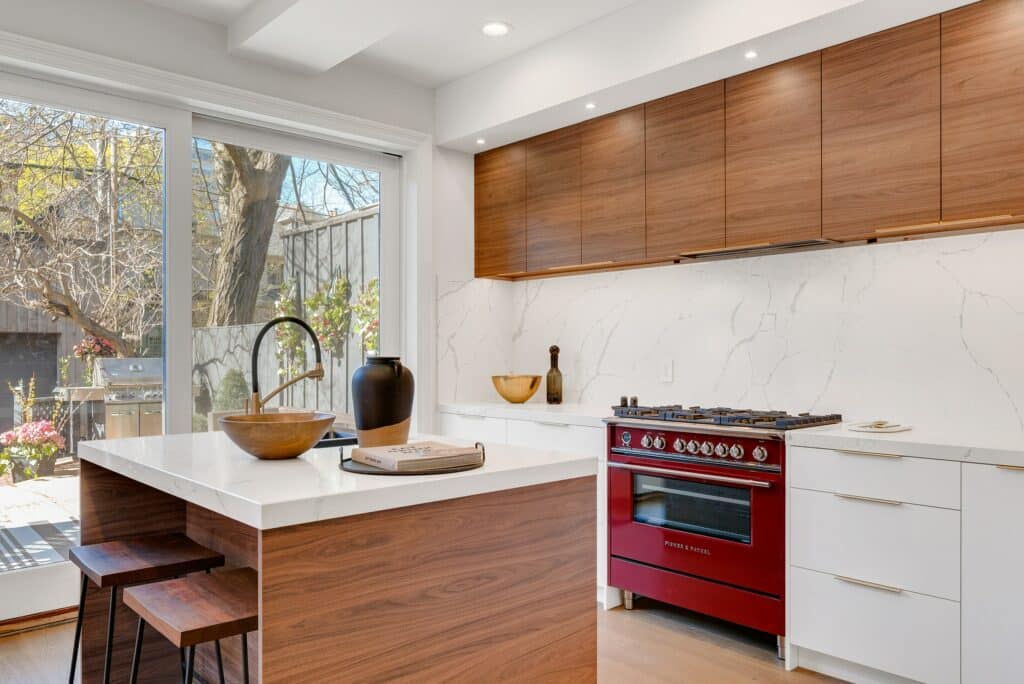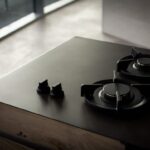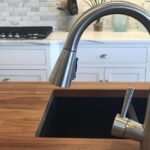Cabinet Painting should not be a difficult task to paint cabinets but with no knowledge whatsoever, you may end up with the ugliest cabinets in your neighborhood. Painting your cabinets is a fairly straightforward process but there may be a few factors you have to consider to do a perfect job.
If you are uncertain, however, simply contact a professional painter to do this for you.
You may even land the benefit of learning from your painter what to do and the next time you want to upgrade your cabinets with a fresh coat of paint, you will not be a complete novice.
Cabinet Painting feel sufficiently confident in your ability then feel free to give it a try. Below are the most important factors you must take into account to get the job done well.
Table of Contents
What to Know Before Painting Cabinets
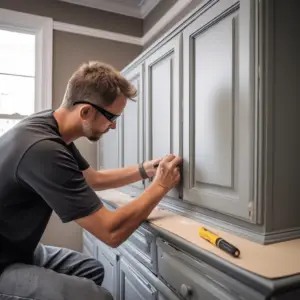
Material of the Cabinets
Cabinet Painting your cabinets are made of metal or wood, you are in luck, and painting them will be much easier. Both surfaces take well to paint.
Plastic cabinets may be harder to paint since plastics are nonporous meaning they will not absorb paint pigment. Metal should be the same but metals respond very well to paints formulated specifically for metallic surfaces.
Plastic surfaces seem better when the color is molded into the plastic rather than painted on. Plastic cabinets will peel, so replace them instead of painting. When working with wood, different species have varied qualities that will affect your color, paint, and process for a flawless finish.
Oakwood contains many knots, making it difficult to paint from red, brown, or beige to white or blue. For a smooth finish, add two coats of primer and wood filler if the knots are noticeable. Painting on wood should be easier, but the rich brown of walnut is not easily covered, thus a wide coverage and double layer are best.
One of the easiest materials to paint is maple for its softness and easy grain. It absorbs paint remarkably well and should be a joy to paint especially for a novice.
Type of Paint
Of the two major categories of paint, you will need interior paint for your cabinets. From these, you have water-based paints, oil-based paints, or acrylics. Oil-based paint is the best option for wood and lasts longer compared to the other two. Oil-based paints will also provide a sealing quality to your wood cabinets which stave off water damage.
Cabinets often need to be wiped down and the finish you choose will go a long way in protecting the cabinet beneath. Gloss or semi-gloss finishes are ideal for your cabinets and the sheen should give your cabinets a lasting fresh look.
Both these finishes do not allow contaminants to adhere to the surface neither can wetness permeate the surface.
Hinges, Joints, and Handles
To obtain the greatest paint finish, disassemble the cabinets and paint each component separately, covering every inch of wood before reassembly. Some components may find this easier.
Though difficult, painting the cabinets while they are in place may yield poor results, especially where the pieces join and around the handles.
Without doors and handles, painting the inside of your cabinets will be easy. If the handles and hinges need painting, unscrew them first.
Condition of the Cabinets
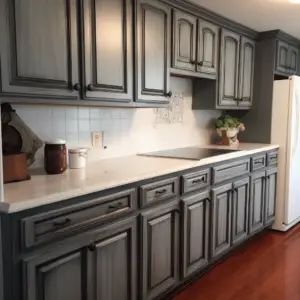
Cabinet Painting reason for painting your cabinets is to renew the look of your cabinets then you must consider the condition of the cabinets prior to embarking on this task.
If the cabinets are in a dilapidated condition or have sustained significant damage, painting them will not make as much impact as you would like.
Minimal fire damage can be covered up with the right paint job but water damage may be impossible to cure with a paint job. Water warps, expands, and splits wood ruining its shape and structure.
Sanding down wood that has sustained water damage does not guarantee it will not continue to bend and crack which could ruin the newly painted surface anyway.
The Cabinets
On the other hand, old cabinets with minimal or no structural damage will be a stunning sight once finished. While certain details of your paint job may vary, the general procedure to follow when painting wood cabinets is:
- Dismantle the cabinets and lay them out piece by piece.
- Sand down each surface to get rid of the top layer. Even if the wood is plain, sand it down to get an even surface that will better absorb paint.
- Sand down knots, scrapes and scratches especially well.
- Apply primer evenly on all accessible surfaces. The primer must dry completely before you apply another coat if you want to use two coats.
- If the knots and damaged areas are particularly bad, you should use wood filler after the first coat of primer and cover the filler with the second coat of primer.
- Let each coat of primer dry completely and ensure the wood filler has cured according to the manufacturer’s instructions.
- Once the primer dries, apply the first coat of paint and let it dry before applying the second coat.
- A top-quality paint with the right gloss or semi-gloss finish does not need a sealant especially if the primer sets properly.
Painting cabinets is neither hard nor easy. What you want to achieve is an even, beautiful end product and this will require careful planning, meticulous attention to detail, some research regarding the best materials to use, conscious regard for the procedure, and a can-do attitude. Good luck!
